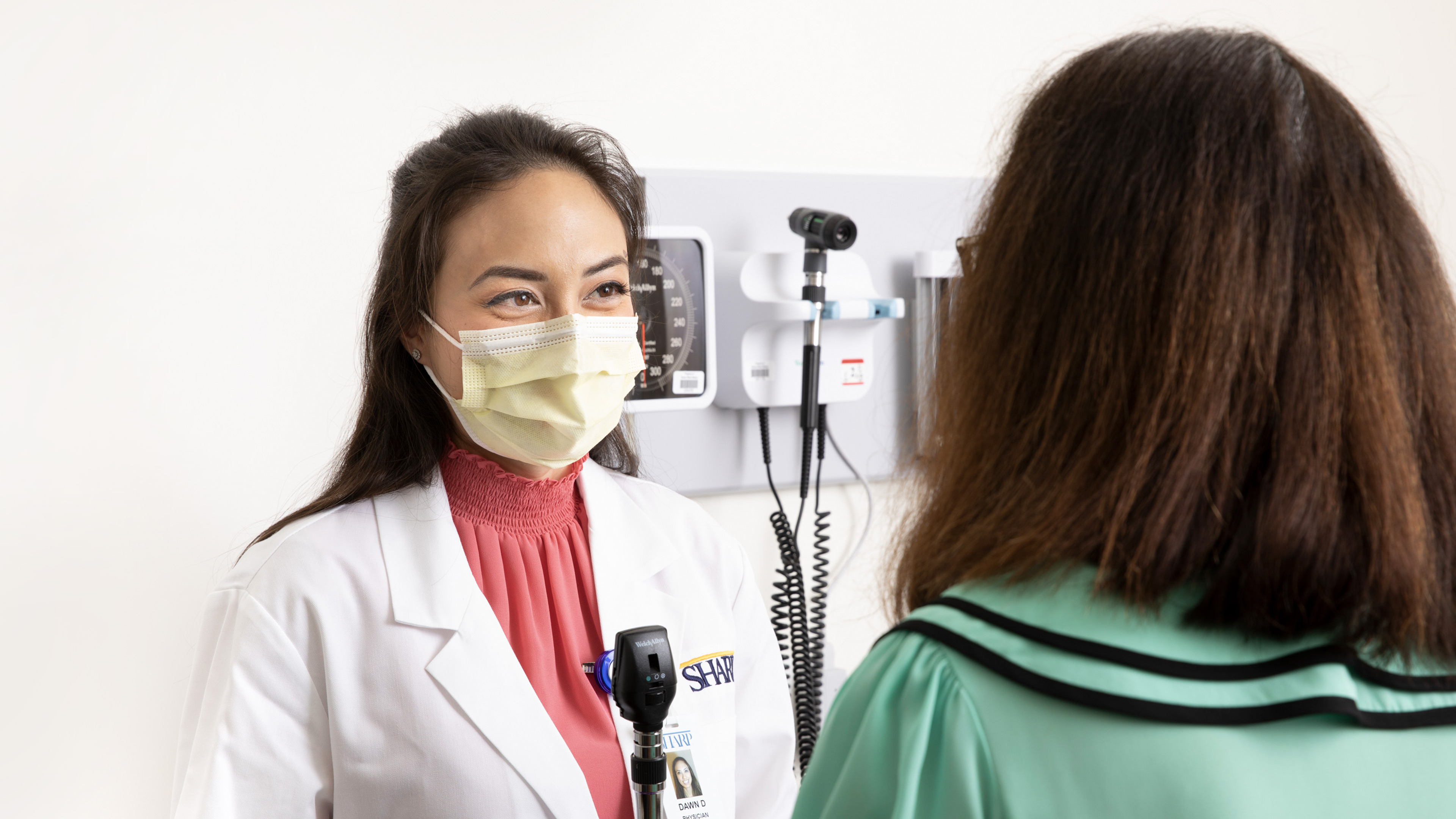Comprehensive Cataract Care Service: Expertise You Can Depend On
Wiki Article
Every Little Thing You Required to Learn About the most recent Technologies in Glaucoma Therapy and Eyecare
In the realm of eye wellness, improvements in the therapy and management of glaucoma have been steadily developing, paving the method for boosted client treatment and outcomes. From innovative analysis tools that supply unmatched understandings right into the illness development to innovative medical techniques that promise better accuracy and quicker recuperation times, the landscape of glaucoma therapy is undertaking a substantial transformation. With the introduction of novel medicine treatments, telemedicine services allowing remote monitoring, and a shift in the direction of personalized therapy approaches tailored to private clients, the field of eyecare is experiencing a standard change. Keep tuned to discover how these latest technologies are reshaping the strategy to glaucoma care and reinventing the future of ocular wellness.
Advanced Diagnostic Technologies
Advanced analysis innovations play an essential role in the early detection and tracking of glaucoma, enabling much more efficient treatment and administration of the condition. Amongst these technologies, optical coherence tomography (OCT) sticks out as a non-invasive imaging method that provides in-depth cross-sectional photos of the retina, optic nerve head, and retinal nerve fiber layer. This high-resolution imaging assists medical professionals analyze structural changes in the eye created by glaucoma, enabling them to interfere quickly.Furthermore, visual field testing, such as automated perimetry, is an additional crucial diagnostic device for evaluating glaucoma-related vision loss - glaucoma service near me. This test measures the sensitivity of a patient's aesthetic field, helping to spot any type of areas of vision loss or distortion. By combining OCT imaging with visual area testing, doctor can acquire a comprehensive understanding of the condition's progression and dressmaker therapy prepares as necessary
Minimally Invasive Procedure
In the realm of glaucoma management, the emphasis shifts in the direction of minimally invasive medical procedures as a proactive strategy to attend to the development of the condition complying with advanced diagnostic analyses such as optical coherence tomography (OCT) and aesthetic field screening. Minimally invasive glaucoma surgical treatments (MIGS) have gotten appeal as a result of their performance in reducing intraocular pressure while reducing the risks and recovery times associated with typical glaucoma surgical procedures. These treatments are usually done via tiny incisions, typically in combination with cataract surgical procedure, making them less invasive and a lot more comfortable for people.Some typical MIGS procedures include trabecular micro-bypass stents, which improve the outflow of aqueous wit, and micro-sized implants that boost drain in the eye. Additionally, laser procedures like selective laser trabeculoplasty (SLT) offer a non-invasive alternative for decreasing intraocular pressure. By including these minimally invasive methods into glaucoma administration, ophthalmologists can supply people with efficient therapy choices that focus on security and quick healing, eventually enhancing lasting results for people with glaucoma.
Unique Medicine Treatments
Emerging medication treatments present promising opportunities for improving the medicinal monitoring of glaucoma, offering ingenious techniques to resolve intraocular pressure control and disease development. One novel medicine therapy that has actually garnered interest is Rho kinase inhibitors. These drugs work by targeting the Rho kinase that site path, which contributes in managing the tone of the trabecular meshwork, the eye's drainage system. important site By hindering this path, Rho kinase preventions assist to enhance liquid humor outflow, therefore reducing intraocular pressure.
Telemedicine and Remote Surveillance
With the development of novel drug treatments increasing the therapy landscape for glaucoma, the integration of telemedicine and remote tracking emerges as a crucial component in improving client treatment and illness administration. By utilizing telemedicine and remote surveillance, medical care service providers can improve access to care, improve patient compliance, and discover potential concerns early, leading to better outcomes for people with glaucoma. Welcoming telemedicine and remote tracking in glaucoma administration stands for a significant innovation in maximizing individual treatment and treatment efficiency.
Personalized Therapy Methods
Progressing beyond traditional one-size-fits-all approaches, customized therapy techniques customized to individual person attributes are revolutionizing the administration of glaucoma. By customizing therapy strategies based upon aspects such as age, condition seriousness, lifestyle, and other health conditions, ophthalmologists can enhance and optimize results patient satisfaction.Customized therapy techniques in glaucoma involve an extensive analysis of each person's distinct profile. This may consist of hereditary screening to recognize details risk elements, imaging strategies to analyze structural changes in the eye, and useful tests to assess visual area loss. By incorporating these individualized understandings, doctor can establish targeted treatments that attend to the underlying causes of glaucoma progression for each and every individual.
In addition, improvements in modern technology have allowed the development of personalized therapy alternatives such as minimally invasive glaucoma surgical treatments (MIGS) tailored to the individual's specific demands - refractive surgeries in al. These treatments provide efficient intraocular stress control with less complications, improving the total top quality of take care of glaucoma people. Welcoming customized therapy approaches notes a significant paradigm shift in glaucoma administration, stressing accuracy medicine to supply customized solutions for far better person end results
Conclusion
In verdict, the most recent advancements in glaucoma treatment and eyecare consist of advanced analysis modern technologies, minimally intrusive operations, unique medication treatments, telemedicine and remote tracking, and tailored therapy techniques. These innovations are changing the way we diagnose and deal with glaucoma, providing more customized and efficient choices for individuals. By staying current with these advancements, health care specialists can offer better care and boost Read Full Report end results for individuals with glaucoma.
With the advancement of novel medication therapies broadening the therapy landscape for glaucoma, the assimilation of telemedicine and remote monitoring arises as a critical part in enhancing patient care and condition monitoring. retina service near me. Welcoming telemedicine and remote tracking in glaucoma monitoring stands for a considerable advancement in maximizing person treatment and treatment efficacy
In verdict, the most recent developments in glaucoma therapy and eyecare consist of advanced diagnostic technologies, minimally intrusive medical procedures, unique drug therapies, telemedicine and remote tracking, and individualized treatment methods.
Report this wiki page